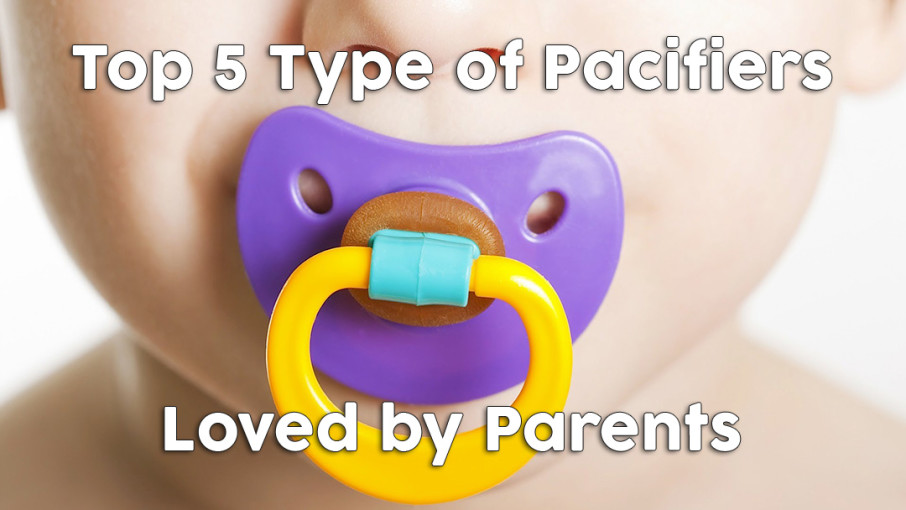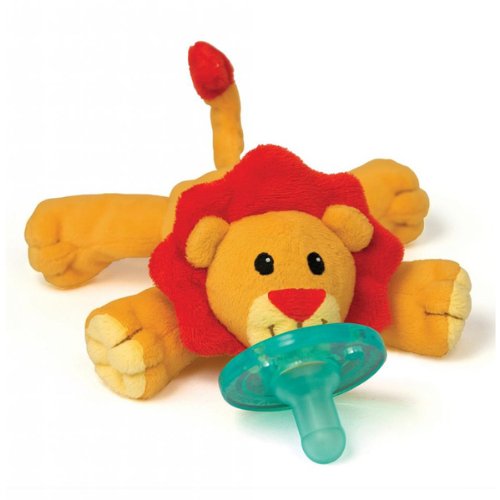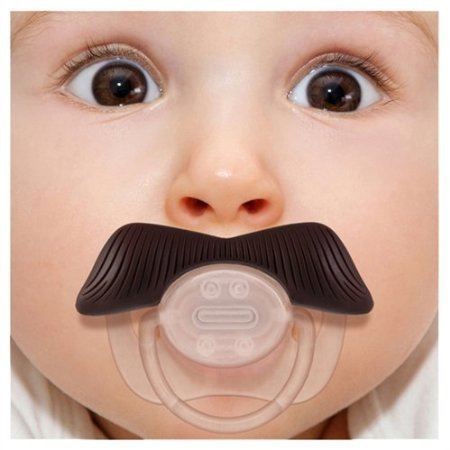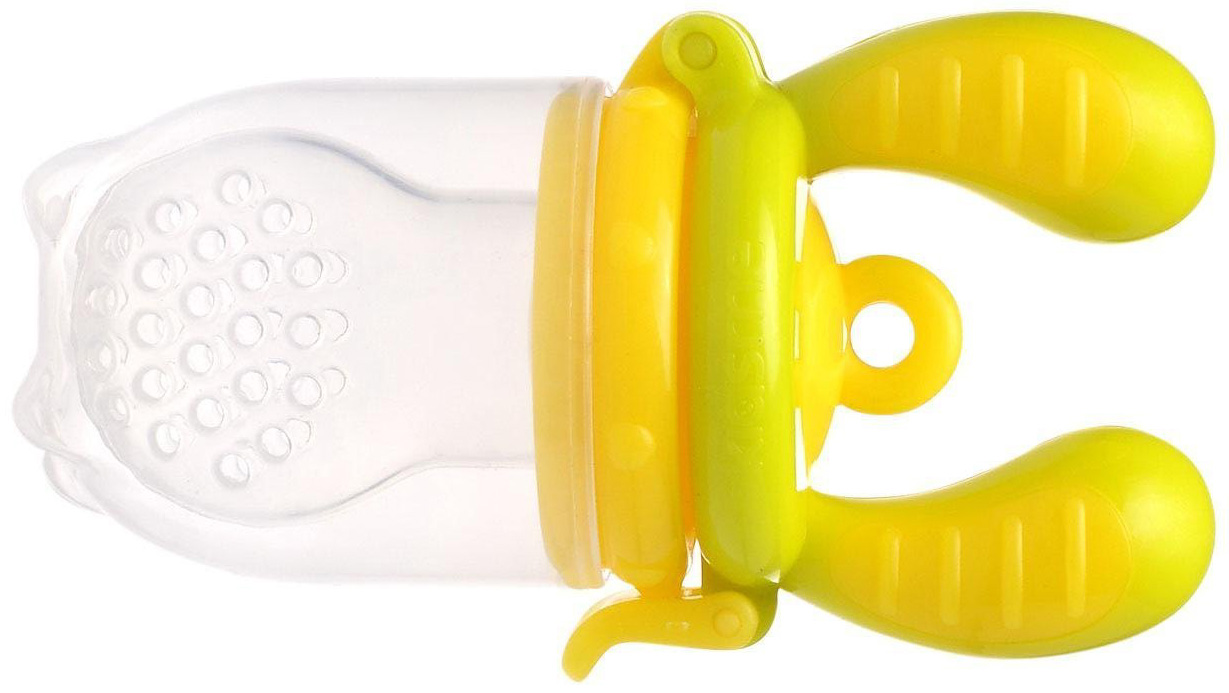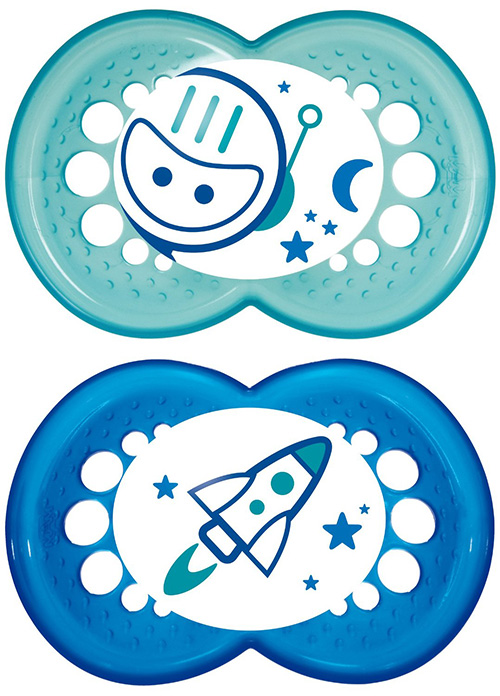Type of Pacifiers: How to Choose the Best for Your Baby
Pacifiers are like a godsend for parents. Sometimes the best way to soothe your unhappy baby is to insert this little wonder into her mouth and magically all the screaming and whining stop. How cool is that for a complete bliss.
Finding the best type of pacifier for your baby depends on her age and stage in growth and development. So, before you identify the best pacifier for her, it’s best to start by understanding how a pacifier works and eventually to selecting the best for your little one.
What is a Pacifier?
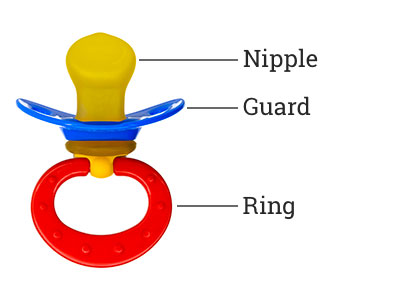
A pacifier is a small smooth plastic or rubber given to a baby to suck, chew or bite on to soothe or comfort by stimulating their sucking reflex.
A pacifier is made of 3 parts; a nipple to suck on, shield to avoid swallowing and the ring to make it easier to remove from the baby’s mouth.
Recommended read: Learn more about baby sucking reflex and how sucking can shoothe a baby.
Other recommended read:
Why use pacifiers?
According to the American Academy of Pediatrics, a pacifier not only can provides soothing and comfort for your baby but also help to reduce the Sudden Infant Death Syndrome (SIDS) risk too; but only consider to offering a pacifier at nap time and bedtime only.
Pacifier can help to reduce the risk of Sudden Infant Death Syndrome (SIDS) - AAP #PacifierFacts
The Top 5 Type of Pacifiers Loved by Parents
Philips Avent Soothie Pacifier
Soothie is specifically design for newborns and babies without teeth. Its one-piece construction adheres to the American Academy of Pediatrics guidelines and famously use in hospital nationwide.
Pacifier by WubbaNub
These cute pacifiers are great to keep your baby entertained. While your baby sucking on the pacifier, she can also play with the soft toy attached to it. WubbaNub’s pacifier comes in many type of cute animal for you to choose.
The Ladies Man Mustache Pacifier
This pacifier never fails to make you laugh out loud at your baby. When your baby put on this pacifier it can turn her baby face into a hilarious one. Remember to snap some photos and keep it for future laugh together with your children when they grow up.
MAM Air Silicone Pacifier
MAM’s pacifiers are made to comply with the International Children Medical Research Society standards and also recommended by dentists and Orthodontists. MAM pacifier’s shield is well known for being the lightest and aesthetically beautiful.
Philips Avent Translucent Pacifier
This pacifier is design with a collapsible nipple to help in the development of baby’s teeth and gums. Philips Avent translucent pacifier is made of silicon, which is taste and odor free. The translucent shield acts as a security layer to prevent chocking hazard while the ring allowing for quick retrieval or removal.
How to Tell if Your Baby Needs a Pacifier?
A baby will show the following cues or signs that she needs a pacifier when…
- Suckles on her bottle happily, even when it’s empty.
- Suckles on breast but doesn’t actually suckle, and becomes irritable when you pull it away.
- Suck on her thumb or fingers.
- Sucks on her toys and other items.
At what age can a baby start using a pacifier?
It’s depends on whether you plan to breast feed your baby or not.
If you do plan on breast feeding:
It is recommended to avoid introducing a pacifier or any other artificial nipple to a breastfeeding baby before 4 weeks to ensure that your baby is well established to breastfeeding or otherwise it will cause them nipple confusion.
Some expert would recommend up until 6 weeks, as some babies will take longer time to establish a proper breastfeeding routine.
If you plan on bottle feeding:
If you don’t plan on breastfeeding, you can give your baby when she starts to show cues as indicated above.
How often should a pacifier be replaced?
All type of pacifiers will eventually wear off after some period of use. How often you replace your baby’s pacifier will depend on frequency of use and how vigorous your baby sucks on it. However replace a pacifier that is discolored, torn, loose, has holes, is stretched, has a loose nipple, or has any other warning sign.
Generally latex types of pacifier tend to wear off sooner compare to their silicon peers due to the soft texture of the latex. While you might think that long lasting silicon pacifier might save you some money (which they do) but some babies does not like silicon pacifier. So, you have to try out both and see which one your baby prefers.
Sharing Is Caring

Like what you read so far? How about help us to spread this AWESOME post to your friend and family? Your shout-out will help to motivate us to create more great posts for you and everyone else. Thanks for your support!
Check out this post for 'Type of Pacifiers: How to Choose the Best for Your Baby.'
How to clean pacifiers?
Cleaning a pacifier is no different from cleaning a baby’s bottle or sippy cup. Any type of pacifiers should be wash thoroughly with soapy water or by running it through a dishwasher cycle. Afterwards you can sterilize the pacifier in a microwave, boiling or through a steam cleaner. After cleaning leave the pacifier on a dry, ventilated area to dry out. You should buy several pacifiers to swap when you clean.
How to Choose the Best Type of Pacifier for Your Baby?
As a parent you may think that a pacifier is the simplest thing to buy. While this is true, there some important considerations you need to keep in mind to ensure you choose the best and that including...
- Size - The size matters a lot as you don’t want to buy a pacifier that is off size for your baby. Choose a small pacifier for a baby that is six months and below, medium for a 6-18 months old baby and a large pacifier for an 18 and above months old baby
- Construction - A good pacifier needs to have the nipple, guard and the ring.
- Nipple material - You can chose silicon, plastic or latex. Silicone is easy to clean and long lasting while latex is softer and supple but easy to wear off. Plastic provide long lasting and easy to wash too but many babies dislike them.
- Color and wash ability - Choose a pacifier that is easy to clean and a color that your baby will love.
Different Types of Pacifiers
Pacifier comes in many shape and patterns. Some can look boring but other can be very interesting for your baby. Below are the different types of pacifiers…
- multi-piece
- single piece
- stuffed animal
- novelty
- feeding
- glow in dark
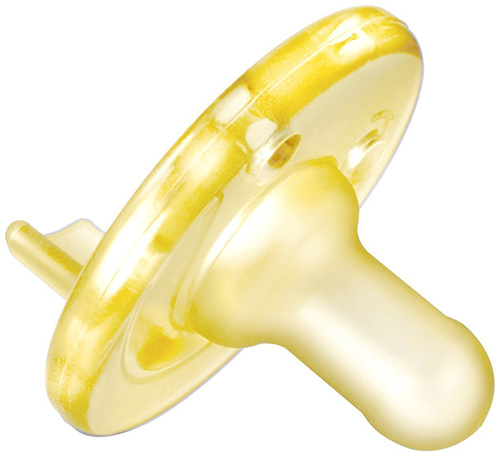
These are made of a single piece of latex, plastic or silicone or any of the three combined. This type appeals to many parents, as it doesn’t have pieces that could come apart and increase chocking risk.
Disadvantages to Using Pacifiers
While pacifier is a great alternative when your baby gets cranky but it does come with some adverse effects…
- They may interfere with breastfeeding - Introducing your baby to a pacifier too early could lead to breastfeeding problems as she might get confuse between a human nipple and a pacifier. Never introduce a pacifier to your newborn until she established to a proper breastfeeding routine. Best is to wait until she is 6 weeks old to avoid breastfeeding issues.
- Risk of inner ear infection – While some research pointed out that there is a risk of otitis media in using a pacifier but there is not strong evident pointing that a pacifier is the sole cause of inner ear infection. Experts suggest weaning off pacifier at 10 month though to avoid issue with jaw and teeth development for your baby.
- Dental issue after prolonged use - Using the pacifier past two years may cause the misalignment of the front teeth and the palate.
Orthodontic Pacifiers or Regular Rounded Pacifier
There are two types of pacifiers that you can commonly found in the market - orthodontic and regular rounded pacifier.
Orthodontic pacifiers are highly recommended to prevent dental problems after use as they are uniquely shaped and have a flattened nipple. They are shaped like natural nipple for natural sucking, which enhances oral, and jaw development.
Kids who use an orthodontic pacifier have a reduced risk of an open bite compared to a regular pacifier.
Regular pacifiers look like a baby bottle’s nipple. While orthodontic pacifiers are great for oral and jaw development but some babies are not very fond of them. Majority of babies would still prefer a regular type of pacifiers.
Pacifier Safety
Just like with any baby product, pacifiers will require you to take specific precautions. Do not ever tie a pacifier to any part of your baby, as it could post strangulation hazard. Also, never coat a pacifier with any sweet substance like honey or jam. You will risk cavities forming in your baby’s developing teeth.
For more pacifier safety, watch this video by Dyan Hes MD, as she explains further on pacifier do’s and don’ts.

